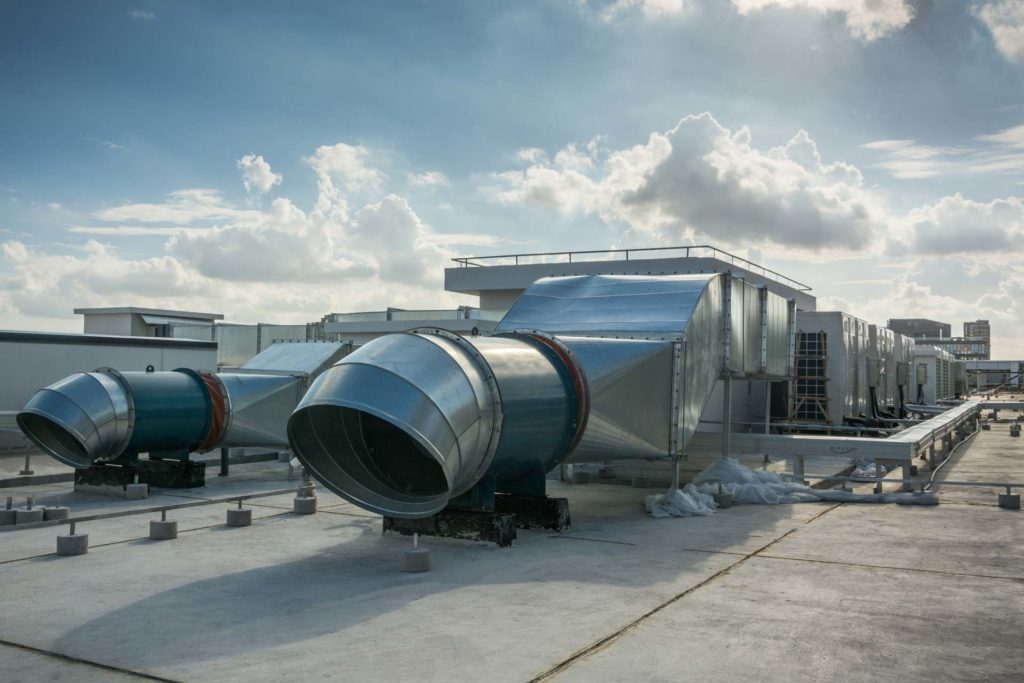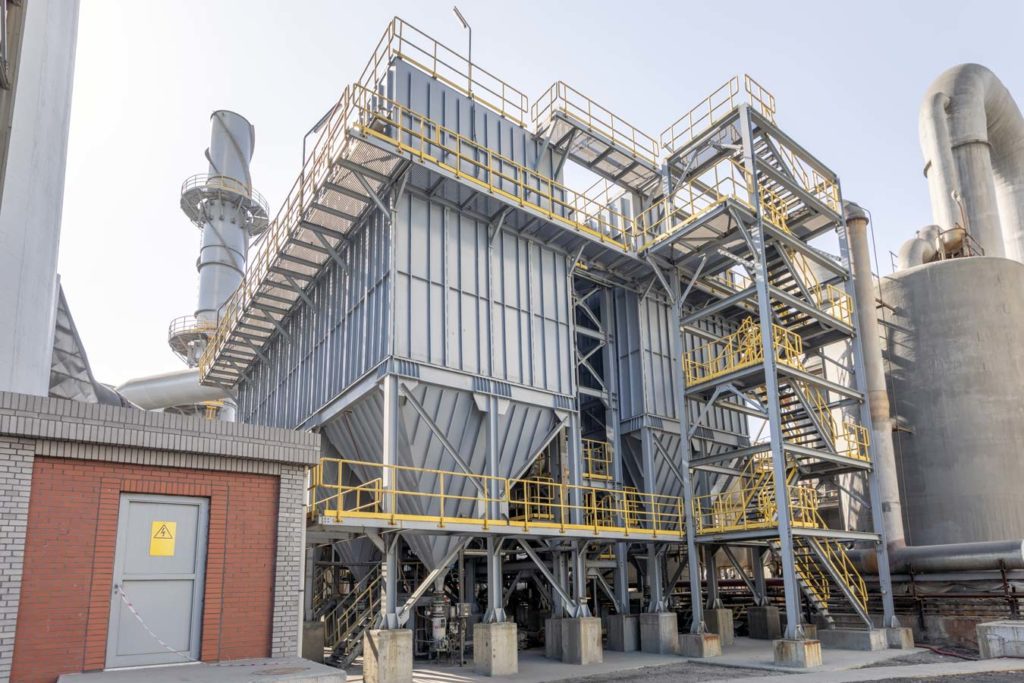originally published October 2021 – updated July 2025
Choosing the right industrial dust collector isn’t just about picking a system off the shelf.
It’s about getting a solution that protects your equipment, supports compliance, and keeps your operation running efficiently.
Whether you’re upgrading an existing system or building something new, dust collection is a significant investment. The wrong choice can also result in increased maintenance, higher energy usage, and more downtime.
In this post, we’ll break down the most important factors to consider before making a purchase, so you can move forward with confidence and clarity.
Why You Need a Dust Collector at Your Facility
A properly sized, well-designed dust collection system helps you control airborne particulates that can otherwise damage equipment, slow down production, or create safety risks.
It also helps you stay ahead of EPA and OSHA compliance requirements, avoiding costly fines or shutdowns.
However, there is no one-size-fits-all application. The type of dust generated, the layout of your facility, and the runtime of your operation all play a role in determining the effectiveness of a system.
That’s why it’s crucial to select a collector tailored to your specific application rather than just choosing the cheapest or most readily available option.
Cleaner air, lower maintenance costs, and fewer surprises during inspections — that’s the real value of a properly selected dust collector. And it’s why the right investment up front pays off for years to come.
Three Dust Collection System Considerations
Before you start comparing specs or price tags, you need to get clear on your environment. The right dust collector depends entirely on what you’re collecting and how it’s being produced.
Know Your Dust
It’s impossible to choose the right system without knowing the type of dust you’re dealing with.
Different materials call for different filtration methods, safety features, and discharge setups. For example, Fine particulates require entirely different handling than bulky, combustible, or corrosive debris.
Understanding the type of dust and the risks it carries guides every aspect of your system selection. To start, ask:
- Is the dust fine or coarse?
- Is it abrasive, corrosive, or sticky?
- Is it toxic or combustible?
- How is it being generated — at one point or throughout the workspace?
- Are you running continuous or intermittent operations?
A facility with multiple machines generating airborne particles across a large footprint will need a much different solution than one with a single, localized point of dust production.
Knowing your dust and its source allows you to select technology that’s safe, compliant, and built for long-term performance.
Budget for Long-Term Cost and Not the Initial Price
Focusing only on upfront costs while overlooking long-term expenses is one of the most common and costly mistakes buyers make. When comparing systems, factor in:
- Maintenance frequency and complexity
- Replacement parts like filters or cages
- Energy usage and associated utility costs
- Labor time for cleanings or part swaps
For example:
- Baghouse collectors are ideal for handling high dust volumes, but only when properly maintained. If cleaning procedures or maintenance cycles aren’t followed, system performance will suffer.
- Systems with cages require regular inspections and replacements. Understand how often those parts need to be swapped and what that looks like on your annual budget.
- Cartridge collectors can be efficient for dry particulate matter, but recurring filter costs can add up quickly if not accounted for.
If you can’t afford to maintain it, it’s not the right fit. There are cost-effective solutions on the market, and we can help you find one that aligns with your operational needs and long-term goals.
Don’t Overlook Installation or Space Constraints
Dust collectors are available in a variety of sizes and configurations, but not every system will be a fit for your facility. Sharing space constraints upfront helps avoid wasted time evaluating systems that won’t work.
Key factors to account for:
- Total footprint available (length, width, and height)
- Access for maintenance, cleaning, and part replacement
- Room for discharge handling, including drums, hoppers, or conveyors
- Any clearance restrictions around ductwork, vents, or structural elements
- Whether auxiliary equipment is required to empty or maintain the system
If your space is limited, solutions are still possible, but only if your provider has the right site details from the start. Accurate measurements are the difference between a smooth install and weeks of rework.
Turn to Baghouse America For Expert Advice on Dust Collection Systems
Need help identifying the best dust collection system for your application? That’s what we’re here for.
With over 20 years of hands-on industry experience, Baghouse America is a trusted partner for designing, installing, and supporting dust collection systems. We offer affordable, open-source solutions that help you stay compliant, protect your equipment, and reduce operating costs.
Contact us today for a quote, and let’s find the right system for your facility.

